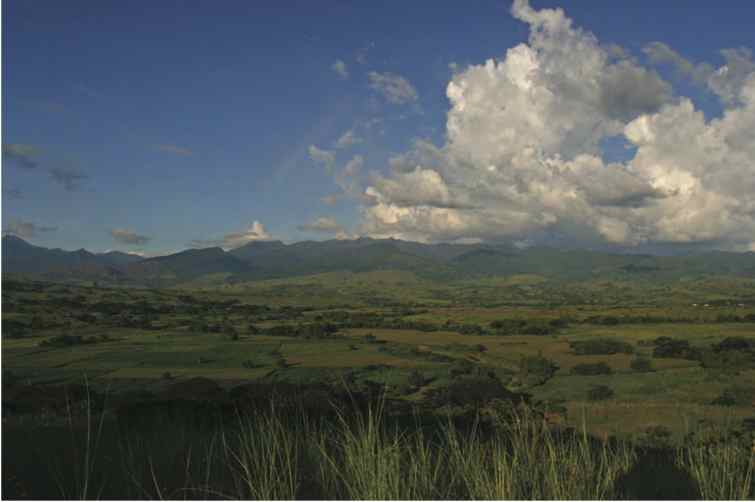Faunal Inventory – Luzon Island

We provide the first report on the diversity of amphibians and reptiles of the northern Sierra Madre Mountain Range, northeast Luzon Island, Philippines. Based on new data from extensive previously unpublished surveys, fieldwork, and museum records we can tell that this region is quite diverse. At least 101 herp species are present and now well documented in this region (29 amphibians, 30 lizards, 35 snakes, two freshwater turtles, three marine turtles, and two crocodilians). About 70% of the local animal species are only found on the Philippines. Species diversity has been underestimated, and there is still much to learn about the Philippine amphibian evolution.
Previous conceptions of island species evolution suggested that there should be a lower degree of diversity as species migrate from a central, continental source through successive islands in a chain. However, studies are indicating that the Philippine Islands are not following this model, and islands farthest from the continental source may have levels of diversity just as high as those closest to the source. Our understanding of the levels of diversity as well as the ranges that species inhabit is growing substantially. We documented 101 species of amphibians and reptiles from Cagayan and Isabela provinces, representing about 35% of the Philippine amphibians and reptiles. This study represents the second greatest level of species diversity recorded for Luzon.
Regional animal life on Luzon Island has coincided with major geological components of the island (mountains, volcanoes, etc.). Following this trend, we expect to see unique species occurrences associated with the Cordilleras, the Sierra Madre, the Zambales, the volcanoes of southern Luzon, and the Bicol Peninsula. Our study confirms that many amphibians and reptiles found on Philippine islands are found nowhere else, and also that there is a considerable degree of overlap in the animal life found in the northern Cordilleras and the northern Sierra Madre.
More exhaustive surveys which sample a wider variety of habitats, climates and elevations – such as those of Siler et al. – must be conducted in order to more accurately estimate species diversity. No site can be reasonably characterized for species diversity with a single visit. Surveys of an area should be conducted in both the dry season and wet season. There were a number of commonly occurring (mostly coastal) species that were absent from our estimates, but we expect these to be observed and recorded during successive surveys.
The Luzon faunal region (area with characteristic animal life) is currently recognized as having 49 amphibian species (44 native, 5 introduced, 32 only found on Luzon) and at least 106 native reptile species (76 only found in this faunal region). These numbers are likely to grow as the species’ evolutionary histories become better understood. A variety of thorough surveys have demonstrated the incredible level of species diversity in the Philippines, but there are many forests on the islands that have yet to be extensively studied. Exhaustive surveys are necessary in order to accurately set conservation goals for the region.
— Tucker Walton
Brown, R.M., C.D. Siler, C.H. Oliveros, L.J. Welton, A.A. Rock, J. Swab, M. Van Weerd, D. Rodreigues, E. Jose, and A.C. Diesmos. 2013. The amphibians and reptiles of Luzon Island, Philippines, VIII: the herpetofauna of Cagayan and Isabela Provinces, northern Sierra Madre Mountain Range. Zookeys 266: 1–120. pdf
